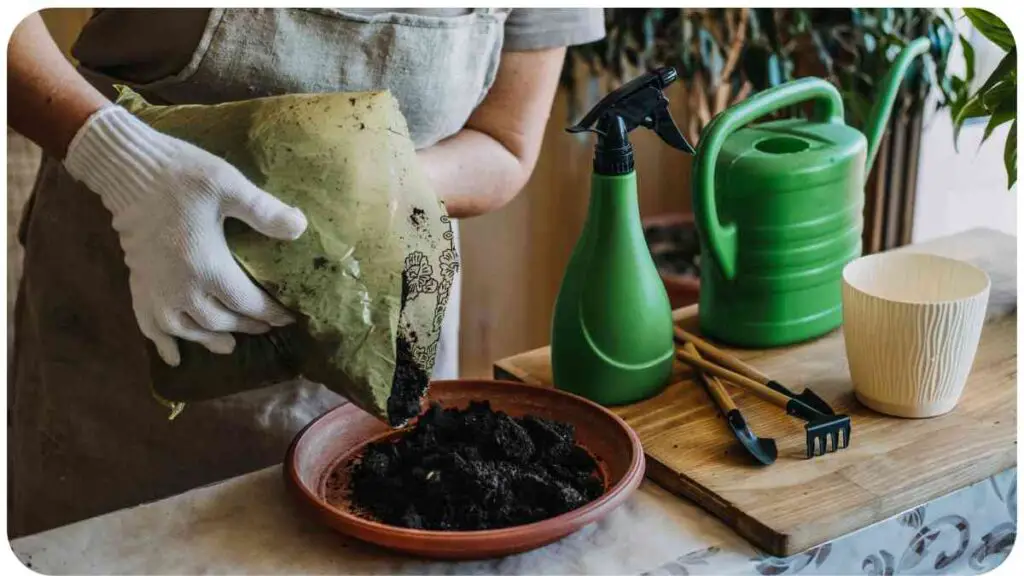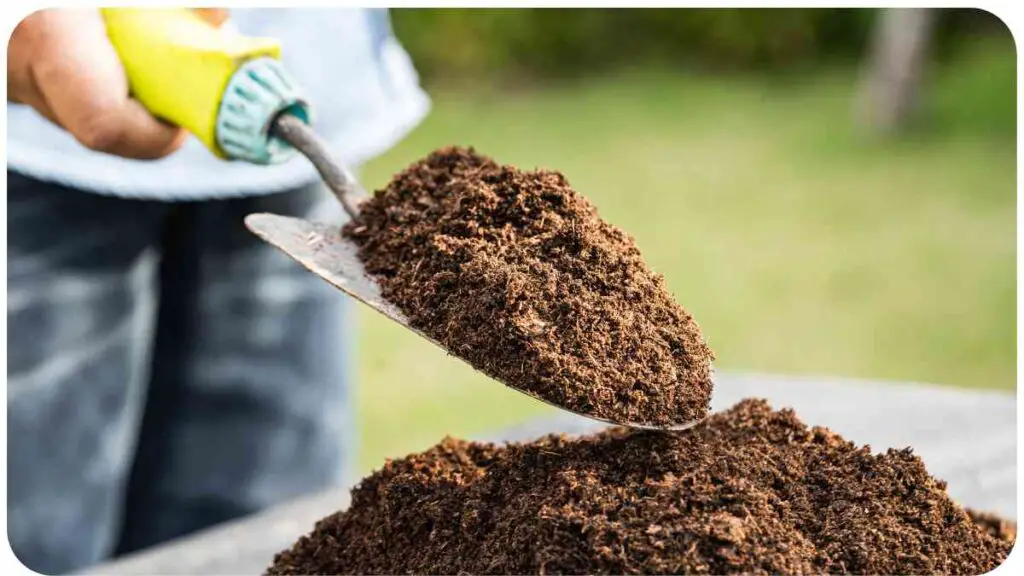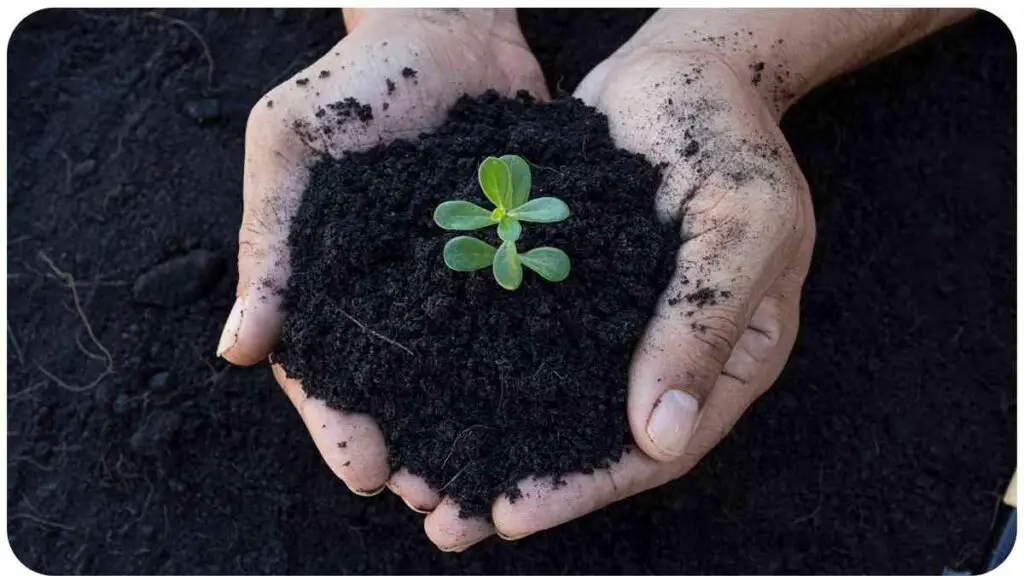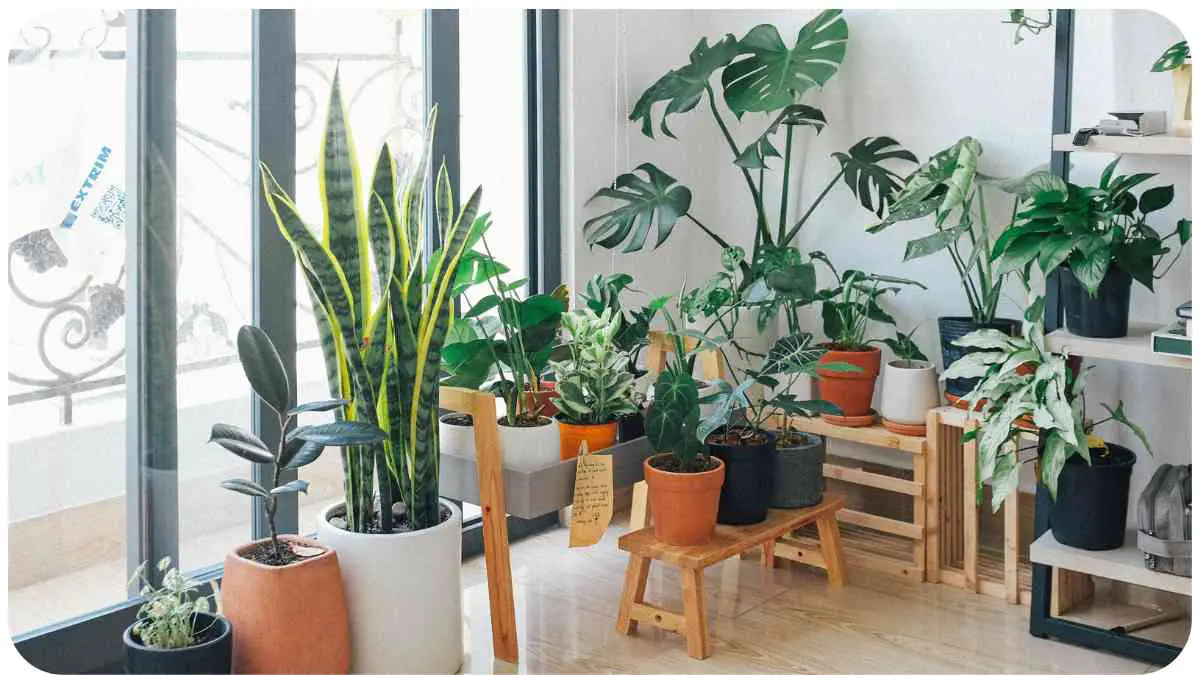Welcome to the ultimate guide to well-draining soil for indoor plants! If you’re an indoor plant enthusiast like me, you know that providing the right growing conditions is crucial for their health and vitality.
One of the key elements of a thriving indoor garden is well-draining soil. In this comprehensive guide, we’ll delve into everything you need to know about well-draining soil, from its importance to how to make your own DIY soil mix.
| Takeaways |
|---|
| 1. Well-draining soil is crucial for indoor plant health and vitality. |
| 2. Signs of poor drainage include waterlogged soil and wilting/yellowing leaves. |
| 3. Improving drainage can be achieved through soil amendments or DIY soil mix recipes. |
| 4. Avoid common mistakes like overcompacting soil and neglecting drainage holes in pots. |
| 5. Regular monitoring and expert tips can help maintain healthy soil conditions for thriving indoor plants. |
Understanding Well-Draining Soil

Before we dive into the nitty-gritty details, let’s first understand what well-draining soil actually means. Well-draining soil refers to a growing medium that allows excess water to pass through quickly, preventing waterlogging and ensuring adequate aeration for plant roots.
To maintain healthy houseplants, it’s crucial to prevent root rot by ensuring proper drainage and avoiding overwatering. By following these guidelines, you can safeguard your indoor greenery and promote robust growth.
It’s a balance of moisture retention and drainage, creating an optimal environment for plant growth.
Importance of Well-Draining Soil for Indoor Plants
Ensuring your indoor plants are potted in well-draining soil is essential for their overall health and longevity. Let’s take a look at some reasons why:
Table: Common Indoor Plants and Their Preferred Soil Types
| Plant | Preferred Soil Type |
|---|---|
| Snake Plant | Sandy, well-draining soil |
| Peace Lily | Peat-based potting mix |
| Succulents | Cactus/succulent mix |
| Spider Plant | Loamy, well-draining soil |
As you can see, different indoor plants have varying preferences when it comes to soil types. However, most indoor plants thrive in well-draining soil that mimics their natural habitat.
Keep your indoor plants healthy and pest-free by learning how to keep cockroaches out of your houseplants. Discover effective methods and preventive measures to ensure your green companions thrive in a clean and pest-free environment.
Signs of Poor Drainage in Soil
Identifying whether your soil has poor drainage is crucial for the health of your plants. Here are some signs to look out for:
- Waterlogged Soil: If water pools on the soil surface and takes a long time to drain, it’s a clear indicator of poor drainage.
- Wilting and Yellowing Leaves: Excess moisture in the soil can lead to root rot, causing the plant’s leaves to wilt and turn yellow.
- Foul Odor: A musty or foul smell emanating from the soil is a sign of anaerobic conditions caused by waterlogging.
If you notice any of these signs, it’s time to take action to improve the drainage of your soil.
When caring for indoor plants, knowing what to spray is essential for pest control and disease prevention. Discover effective solutions and techniques to keep your houseplants thriving and free from common issues.
How to Improve Drainage in Soil

Fortunately, there are several methods you can employ to enhance the drainage of your soil. Let’s explore some effective techniques:
Table: Comparison of Different Soil Amendments for Improving Drainage
| Amendment | Description | Effectiveness |
|---|---|---|
| Perlite | Lightweight volcanic rock with excellent drainage properties | High |
| Vermiculite | Expanded mineral with moisture-retaining capabilities | Moderate |
| Sand | Coarse sand particles that improve soil structure and drainage | Moderate |
| Organic Matter | Compost, leaf mold, or coconut coir that enhances soil texture and drainage | High |
Each of these soil amendments has its own unique benefits and can be used alone or in combination to achieve optimal drainage.
DIY Well-Draining Soil Mix Recipes
If you prefer a hands-on approach, you can create your own well-draining soil mix using readily available ingredients. Here are a couple of DIY recipes to try:
Table: Ingredients and Proportions for DIY Well-Draining Soil Mixes
| Recipe | Ingredients | Proportions |
|---|---|---|
| Basic Mix | Potting soil, perlite, coarse sand | 2 parts, 1 part, 1 part |
| Succulent Mix | Cactus/succulent mix, perlite | 2 parts, 1 part |
These DIY mixes provide excellent drainage while also providing the necessary nutrients for your indoor plants.
Best Practices for Using Well-Draining Soil
Now that you have prepared your well-draining soil mix, here are some best practices to ensure its effectiveness:
- Choose the Right Pot: Use pots with drainage holes to prevent water from accumulating at the bottom.
- Water Appropriately: Allow the soil to dry out slightly between watering to prevent overwatering.
- Monitor Drainage: Regularly check the soil moisture levels and adjust watering frequency accordingly.
By following these best practices, you can maintain healthy soil and promote optimal plant growth.
- Monitor Drainage: Regularly check the soil moisture levels and adjust watering frequency accordingly. Additionally, observe how quickly water drains through the soil after watering. If it takes an excessively long time, consider amending the soil further to improve drainage.
Maximize your indoor garden’s potential by understanding plant growth with lunar cycles. Harness the power of lunar phases to optimize planting, pruning, and harvesting for healthier and more productive indoor plants.
Common Mistakes to Avoid
While it’s essential to know how to improve soil drainage, it’s equally important to avoid common pitfalls that can compromise your efforts. Here are some mistakes to steer clear of:
- Over Compacting Soil: Excessive tamping or compacting of soil can reduce its porosity and hinder drainage. Avoid pressing down too firmly when potting your plants.
- Using Poor-Quality Potting Mix: Low-quality potting soil may lack adequate drainage and lead to waterlogging. Invest in high-quality soil or improve it with amendments as needed.
- Neglecting Drainage Holes: Ensure your pots have sufficient drainage holes to allow excess water to escape. Without proper drainage, water can accumulate at the bottom and cause root rot.
- Ignoring Plant Needs: Different plants have different moisture requirements. Be sure to select soil and watering practices that align with your plant’s specific needs to avoid overwatering or underwatering.
By avoiding these common mistakes, you can maintain healthy soil conditions and prevent issues related to poor drainage.
Expert Tips for Maintaining Healthy Soil

Who better to provide advice on maintaining healthy soil than experienced indoor gardening experts? Let’s glean some insights from renowned botanist Dr. Emily Green and celebrated horticulturist James Plantson:
- Dr. Emily Green: “Consistency is key when it comes to watering indoor plants. Aim for a regular watering schedule to keep the soil evenly moist, but never soggy.”
- James Plantson: “Don’t be afraid to experiment with different soil mixes to find what works best for your plants. Every indoor environment is unique, so don’t hesitate to adjust accordingly.”
Drawing from the wisdom of these experts, you can fine-tune your soil management practices and nurture thriving indoor plants.
Choosing the right potting mix is crucial for the health of your flowers. Explore the ultimate guide to find the perfect blend to nourish your plants and promote vibrant blooms all season long.
Conclusion
In conclusion, well-draining soil is the foundation of a healthy indoor garden. By understanding its importance, identifying signs of poor drainage, and implementing effective strategies for improvement, you can create an optimal growing environment for your beloved indoor plants.
Whether you opt for commercial mixes or DIY recipes, remember to prioritize proper drainage to ensure the long-term health and vitality of your indoor greenery. With the tips and insights shared in this guide, you’re well-equipped to embark on your journey to soil success. Happy gardening!
Further Reading
- How to Improve Soil Drainage in Indoor Plants: Learn practical tips and techniques for enhancing soil drainage in your indoor plants.
- Well-Draining Potting Soil: What You Need to Know: Discover the importance of well-draining potting soil and how to choose the right mix for your indoor plants.
- The Ultimate Guide to Well-Draining Soil for Indoor Plants: Dive deeper into the world of well-draining soil and its significance in maintaining healthy indoor plants.
FAQs
How do I know if my indoor plants need well-draining soil?
Well-draining soil is essential for preventing waterlogging, which can lead to root rot. If you notice your plants’ leaves wilting or yellowing despite regular watering, it may be a sign of poor drainage.
Can I use regular garden soil for indoor plants?
While garden soil may be suitable for outdoor gardening, it’s generally not recommended for indoor plants. Garden soil can be too heavy and compact, leading to poor drainage and root suffocation in indoor pots.
How often should I water plants in well-draining soil?
The frequency of watering depends on various factors such as plant species, pot size, and environmental conditions. It’s crucial to allow the soil to dry out slightly between waterings to prevent overwatering.
Can I reuse well-draining soil from old pots?
Yes, you can reuse well-draining soil from old pots, but it’s essential to refresh it periodically. Remove any debris or dead roots, and amend the soil with fresh compost or perlite to maintain its quality.
Are there any alternatives to commercial well-draining soil mixes?
Yes, you can create your own well-draining soil mix using a combination of ingredients such as potting soil, perlite, and coarse sand. DIY mixes allow you to customize the blend according to your plants’ specific needs.

For 15 years, Hellen James has worked in the gardening industry as an expert and landscape designer. During her career, she has worked for a variety of businesses that specialize in landscaping and gardening from small firms to large corporations.


